Results 1,231 to 1,240 of 12096
Thread: Anandtech News
-
11-29-11, 10:10 AM #1231
Anandtech: Gigabyte X79-UD5 Giveaway
Earlier this month we reviewed Intel's new ultra high end CPU: Sandy Bridge E. The 2.7 billion transistor chip is a serious workhorse, overkill for most enthusiasts but a dream come true if you do a lot of video encoding, offline 3D rendering or any other heavily threaded task. The platform is expensive but Gigabyte gave us a pair of its X79-UD5 motherboards to give away to any of our readers that might be interested in going down the LGA-2011 path.
Entries will be accepted until 11AM EST on December 2nd. You can enter by leaving a comment below (please leave only one comment!) and as always, the contest is only available to legal residents of the US (excluding Puerto Rico). Read on for full entry details - good luck!
Gallery: Gigabyte X79-UD5 Giveaway





More...
-
11-29-11, 04:50 PM #1232
Anandtech: Game Review: Jurassic Park: The Game
Movie tie-ins are nothing new to gaming. They crop up repeatedly throughout the industry’s history, as both successes and failures. For every good Star Wars-licensed game, there’s a bad one. For every copy of E.T. for the Atari buried in a landfill, there’s a copy of GoldenEye still being used by nostalgic Nintendo 64 fans. So it was with a potent mixture of excitement and trepidation that I approached the newest high-profile movie tie-in: Jurassic Park: The Game. What I found was something more movie than game, which falls short of truly being either.
Jurassic Park is a bit of an outlier as tie-ins go. The source material, Steven Spielberg’s film of the same name (not Michael Crichton’s twenty-one-year-old book, mind you), is sixteen years old, and it’s been a few years since the last credible Jurassic Park 4 rumor. And instead of retelling of a story we already know, Telltale Games wrote their own parallel story, giving them license to nod and wink at the film without being utterly beholden to it.
As a canonical companion to the original film, Jurassic Park largely succeeds. You’ll see a few familiar locations, hear a few memorable quotes, and spend plenty of time with old friends like the velociraptor. You won’t, however, encounter any characters from the films (except some dinosaurs and the corpse of a greedy, near-sighted computer programmer).
Jurassic Park’s cast is a motley crew of park employees, mercenaries, and a teenager with a penchant for petty theft. Alliances shift constantly as everyone (save the innocent father/daughter pair) fights for possession of a notorious can of shaving cream. Their story – divided into four episodes – isn’t amazing, but it moves swiftly and nimbly. You also view it from a variety of angles, taking turns controlling each character. Shifting perspectives so often kept me guessing as to some of the character’s true motives, as well as which members of my party might not make it off the island.
Now when I say “control” each character, I’m using a rather loose definition. For a product titled Jurassic Park: The Game, gameplay occupies an oddly low position on the design totem pole. Your limited interactions with the game consist of selecting perfunctory dialogue options, clicking around icon-littered environments until you touch upon the one required to advance, and going toe-to-toe with increasingly fiendish quick-time events. Most of the time, Jurassic Park is more concerned with the delivery of its plot, and if you happen to break its flow by missing a button prompt, you’ve failed.
Failure in Jurassic Park (often accompanied by a swift, grisly death at the hands of ravenous dinos) plays a significant – and frustrating – role. I found it nigh impossible not to die at least a few times in each episode, mostly because I am not psychic. During action sequences, button prompts often appear with only a vague relation to the action taking place on screen. And if you’re caught up watching the cinematic action sequence, you’ll likely miss a few prompts.
The intention seems to be to create tension: “Where will the next prompt come from?” “Will the next one you miss be one that kills you?” This tension sucked me in during an excellent rollercoaster sequence in Episode Two but wore out its welcome in the latter half of the game.
Technically, Jurassic Park is a bit scattershot. Some of the dinosaurs, particularly the T-Rex (seen above), look wonderful. Others, like the mysterious troodon, feel out of place, too cartoony. All of the infamous dinosaur sounds are there, of course, and they’re still as unnerving as ever. The humans don’t fare as well. You’ll spend a lot of time in conversations, which you’d think would be a good thing because the voice work’s actually rather good. But the lip-synching seems to just fall apart on occasion, and bizarre sound hiccups (e.g. characters’ voices echoing in the middle of a jungle) call way too much attention to themselves.
Jurassic Park is an ambitious amalgam of adventure game mechanics and cinematic aspirations, but it never quite excels in either respect. The bulk of Jurassic Park’s code is that of a blockbuster movie – action sequences, dialogue justifying the action sequences, more action sequences – but it ultimately feels incomplete and small given the setting and material it’s working with. The shallow gameplay plugs the holes but, just like frog DNA rounding out the genetic code of a dinosaur, also creates unfortunate consequences that cause the whole operation to go awry.
Franchise diehards will likely enjoy Jurassic Park: The Game (sometimes it’s enough just to hear that soaring John Williams score), but they should know they’re getting a frog in dinosaur’s clothing.
This review is based on PC retail code. Jurassic Park: The Game is available for $29.99 on PC, Mac, Xbox 360, PS3 and iPad 2. You can find the modest hardware requirements below:
PC Mac OS Windows XP/Vista/7 Mac OS X 10.6 Processor 1.8 GHz Pentium 4 or equivalent 2.0 GHz Pentium or equivalent Memory 2 GB 2 GB Video Card ATI/NVidia card w/ 256 MB RAM ATI/NVidia w/ 256 MB RAM DirectX®: DirectX 9.0c -
More...
-
11-29-11, 11:00 PM #1233
Anandtech: Pre-Built Desktop Buyer's Guide: Holiday 2011 Edition
While we at AnandTech recognize that a good portion of our readership prefers to roll their own as far as desktops go, not everyone is that way. Sometimes there are also situations where we'd be better off just recommending a pre-built desktop to family than damning ourselves to being tech support at all hours for the next few years. With that in mind, we bring you our...
If you want to kick back for a change, send something to family or a friend, or whatever your reason for going with a pre-built system, we have a recommendation for you this holiday season.
More...
-
11-30-11, 09:10 AM #1234
Anandtech: PS3 System Software Version 4.00 Adds Vita Support
Sony has released System Software version 4.00 for PlayStation 3 owners. This update primarily supports integration with the PlayStation Vita, which is launching in Japan on December 17 (the North American and European launch date is February 22). Otherwise, this major version jump brings relatively few new features relative to versions 2.00 and 3.00.
WIth this update, the PS3 gains the ability to transfer video, images, music, and game data to and from the Vita. You can also backup your Vita to your PS3, and register the Vita as a Remote Play device. A few other changes round out the update: Blu-ray content now supports "upscaler output and cinema coversion," English (UK) and Portuguese (Brazil) langauge support has been added, and new privacy settings allow users to block other users from sending them messages or friend requests. Lastly, PlayStation Plus members may now choose what software is updated by the Automatic Update feature.
Other gaming consoles will also be seeing fairly major software updates ahead of the winter holidays: the Xbox 360 will be getting its biggest overhaul since 2008's New Xbox Experience update, which will bring support for cloud game saving, Skype, a new Metro-style interface, and other features. Nintendo's 3DS will gain the ability to film 3D videos, transfer software between devices, download game demos, and download software while in sleep mode. Both of these updates are scheduled to hit next week.
Source: Sony
More...
-
11-30-11, 09:21 AM #1235
Anandtech: Gigabyte's G1.Assassin 2 X79 Motherboard Features Killer NIC
Previously offered on their G1.Sniper board, Qualcomm Atheros announced that their Killer E2100 NIC would once again make an appearance in Gigabyte's top gaming board, the X79-based G1.Assassin 2. The $399 motherboard is available now and is more gaming oriented than the UD5 board we're currently giving away. Housing just 4 DIMM slots provides more room for accessory chips, and the Killer E2100 is the kind of welcome feature that might not stand out like quad-GPU support or PWM count, but can provide some great benefits to users.
Bigfoot Networks originally developed the original Killer NIC and was acquired by Qualcomm Atheros (Atheros being another recent Qualcomm acquisition) earlier this year. The E2100 is not a new product, its hardware and software were first introduced last May in the Killer 2100 PCI-E card, and was integrated in Gigabyte motherboards and Asus graphics cards as the E2100. The hardware consists primarily of a 400 MHz PowerPC processor that runs a Linux instance and diverts network processing from the Windows stack, with the purpose of providing lower and more consistent pings in low latency applications, like gaming. Bigfoot, and now Qualcomm Atheros, also claim that diverting network processing to the NIC lightens the load on the CPU, but that's less of a concern when the CPU is a 6-core beast that's unlikely to be overly burdened by even the most demanding games.
What the Killer line definitely has going for it is the granular control the user has over their network traffic. Their Killer 2100/E2100 feature what's being called Advanced Stream Detection, the ability of the firmware to actually determine the type of traffic and assign it a priority based on its importance. In their example, Battlefield 3 players might have the game open on one display, the complimentary Battlelog app open in a browser on another display and providing voice chat services, and the Origin service running in the background downloading updates. The game's network traffic would be given a priority 1 status, the voice chat would receive priority 2, the app and browser priority 3, and downloading updates would be priority 4. Users can control stream priority manually through the Killer Network Management utility.
Given the performance we've seen from the Killer-N line, their wireless solution, we would love to see an update to the wired solution that would help justify the standalone NIC. As an integrated solution it becomes a little easier to consider, so long as you were intending on buying a high-end board to begin with. With CES just around the corner, we're hopeful we'll be able to see some new Killer products from the Qualcomm Atheros team.
More...
-
11-30-11, 10:20 AM #1236
Anandtech: Samsung Exynos 5250 Announced: Cortex-A15, 2GHz, Dual-core
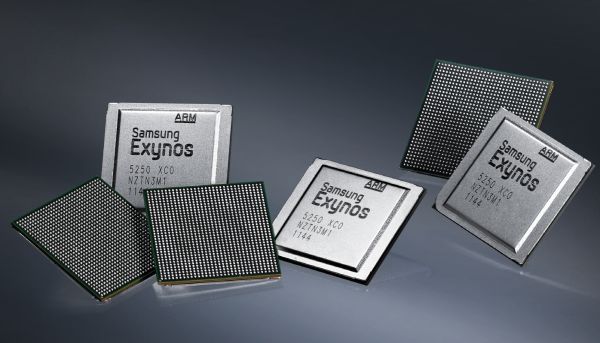
All our favorite mobile System-on-Chip manufacturers have been hard at work on their Cortex-A15 designs, and Samsung is no different. Today, in Korea, they announced their first Cortex-A15 SoC, the Exynos 5250. Clocked at 2 GHz and produced with a 32 nm process, the chip should be competitive with the Qualcomm and NVIDIA designs that will be rolling out soon, though quad-core parts will be the first products they'll be shipping. Compute performance is expected to double over their 1.5 GHz Cortex-A9 based Exynos processors, and memory bandwidth is quoted as 12.8 GB/s, a huge jump over their prior bandwidth. Unfortunately the release didn't clarify the origin of the bandwidth leap. It also didn't discuss the on package GPU. Graphics performance will reportedly quadruple over their earlier Exynos models, which could eclipse the current graphics king, Apple's A5 SoC. New power-saving tech involves a low-power frame buffer for static screens, seemingly allowing the GPU to be fully powered down when just sitting at a home screen or other static displays. The GPU will have to be pretty beefy to push the WQXGA (2560x1600) resolution targeted for next generation tablet displays. Hummingbird used PowerVR, Exynos used Mali, and though Samsung has access to other ARM-Mali designs they haven't used yet, they also recently licensed PowerVR's latest GPU designs. We're reaching out to our sources for more information and will update as necessary.
More...
-
11-30-11, 01:50 PM #1237
Anandtech: Puget Systems Deluge Updated with NVIDIA Surround Results
Once NVIDIA dropped the 290 series beta driver, we were able to test the Puget Systems Deluge's pair of GeForce GTX 580s in triple-monitor surround. There's good news and bad news: the good news is that Surround definitely works on the X79 platform now (and configuration was surprisingly painless). The bad news is that X79 and Sandy Bridge-E offer no performance benefit, at least in our testing, over good old fashioned Sandy Bridge and P67/Z68.
You can check out our results here.
More...
-
11-30-11, 04:10 PM #1238
Anandtech: Verizon 4G LTE Galaxy Nexus Photos Emerge
While we're still waiting patiently for our Galaxy Nexus to arrive so we can begin digging into Android 4.0 goodness, Verizon customers in the US are also patiently for the date when they too can snag an LTE-enabled Galaxy Nexus. While the date is still unknown, Ytram of androidforums was able to snag the XML manifest from Verizon and locate high resolution images of the LTE-enabled Galaxy Nexus.
In addition to sporting a slightly different gunmetal grey color scheme, the Verizon Galaxy Nexus also is 0.53 mm thicker, weighs 15 grams more, and also includes a 100 mAh bigger battery. This shouldn't come as much of a surprise, considering the Nexus S and Nexus S 4G (with WiMAX on Sprint) also had a size and weight difference. The larger package no doubt accommodates the extra necessary 4G LTE antenna traces and baseband. This is also the first time we've seen a carrier-branded Nexus, previously all Nexus phones carried no carrier-related silkscreening of any kind.
I've gone ahead and made a gallery with the 4G LTE Galaxy Nexus images pulled from Verizon's website. In the meantime, shoppers in the US not willing to import a Galaxy Nexus of their own from abroad will have to sit tight for some future availability announcement.Galaxy Nexus Comparison HSPA+ Galaxy Nexus LTE/Verizon Galaxy Nexus Height 135.5 mm 135.5 mm Width 67.94 mm 67.94 mm Depth 8.94 mm 9.47 mm Weight 135 g 150 g Network Support HSPA+/3G/GERAN 850/900/1700/1900/2100 MHz 700 MHz (LTE), 800/1900 (1x/EvDO Rev.A/0) Battery Size 1750 mAh 1850 mAh SoC 1.2 GHz TI OMAP 4460 RAM/ROM 1 GB / 16 GB 1 GB / 32 GB
Gallery: Verizon 4G LTE Galaxy Nexus



Source: Androidforums, Google Galaxy Nexus Page
More...
-
11-30-11, 04:50 PM #1239
Anandtech: NVIDIA GeForce GTX 560 Ti with 448 Cores Launch Recap: MSI, Gigabyte, Zota
Every time a new GPU launches, it finds its way into half a dozen or more cards from different manufacturers. These manufacturers do their best to differentiate these cards from one another, usually by means of different fans, form factors, outputs, prices, or even a built-in overclock. It can sometimes be difficult to keep these differences straight - price comparisons are usually pretty easy to make on sites like Amazon or Newegg, but information about dimensions and clock speed can be more difficult to come by. So, I'd like to try something a little different.
I'd like to gather all of the information on these cards that I can from press releases, manufacturer product pages, and retailer sites, put it all in one place in an easy-to-parse format, and then distill it to help all of you make better buying decisions. This shouldn't be confused with one of our in-depth hardware reviews, nor am I necessarily trying to recommend one card over another - while one person may want a larger cooler or a higher stock clock, another person may need the shortest card they can find for a cramped case. If you find this helpful (or if it's missing something important that would make it more helpful to you), please give me feedback and let me know what you'd like to see!
The GPU I'm looking at today is the newly-released (and recently reviewed) NVIDIA GeForce GTX 560 Ti with 448 Cores, a low-end enthusiast card that trades blows with AMD's Radeon HD 6950 in most of our benchmarks (though it consistently beats the 6950 in the "longest, silliest name" benchmark). At present, there are five of these cards available on Newegg: one each from MSI, Gigabyte, and Zotac, and two from EVGA.
More...
-
12-01-11, 12:20 AM #1240
Anandtech: ASUS Eee Pad Transformer Prime & NVIDIA Tegra 3 Review
Going from making good motherboards to going head to head with Samsung for Google's affection is a pretty big step for ASUS, but it's one that the company has taken and done very well with. None of its peers have made the same transition, especially not while continuing to thrive in their existing businesses. I don't think anyone can say that ASUS' motherboards have suffered over the past several years as the company has transitioned, much like Apple, into the world of being a mobile computer manufacturer.
ASUS' first Android tablet was a knock out of the park. The original Eee Pad Transformer gave us a glimpse of the future with its keyboard dock while delivering a good Honeycomb experience for $100 less than the competition. As many sacrifices as ASUS had to make to reach its price point, the original Eee Pad remains one of the best Honeycomb tablets on the market. But the show must go on and simply being the cheapest on the block doesn't work anymore, particularly with companies like Amazon redefining what cheap means. It was time for a new flagship and today we have that tablet:
Priced at $499 the Eee Pad Transformer Prime will be available in North America during the week of 12/19. Read on for our full review!
More...
Thread Information
Users Browsing this Thread
There are currently 37 users browsing this thread. (0 members and 37 guests)






 Quote
Quote



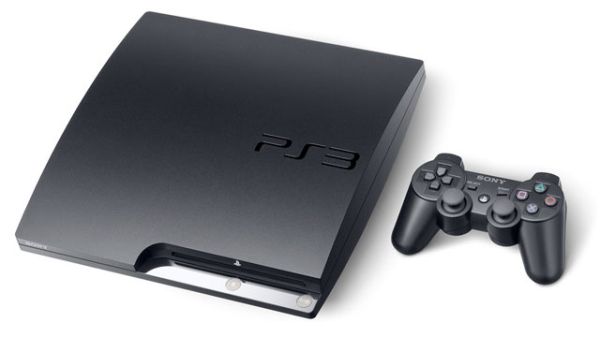
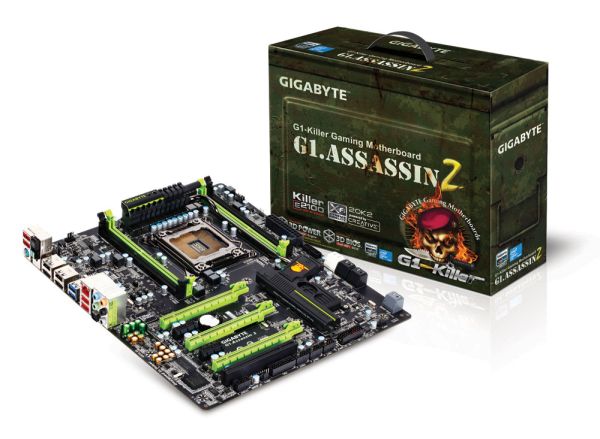
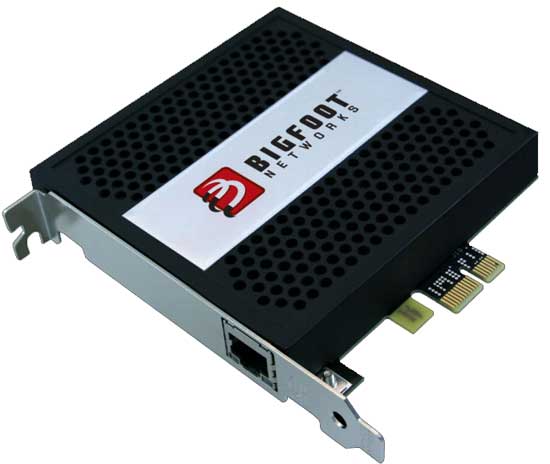

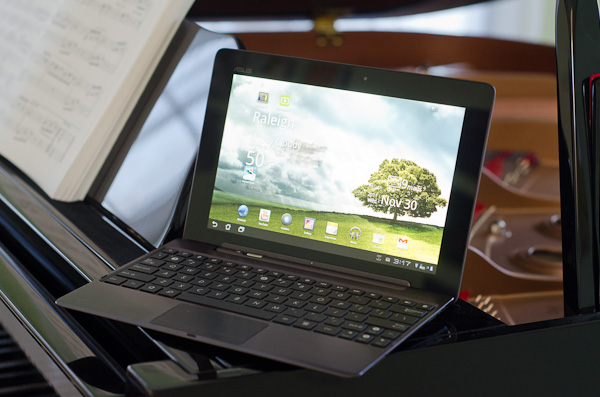
















Bookmarks